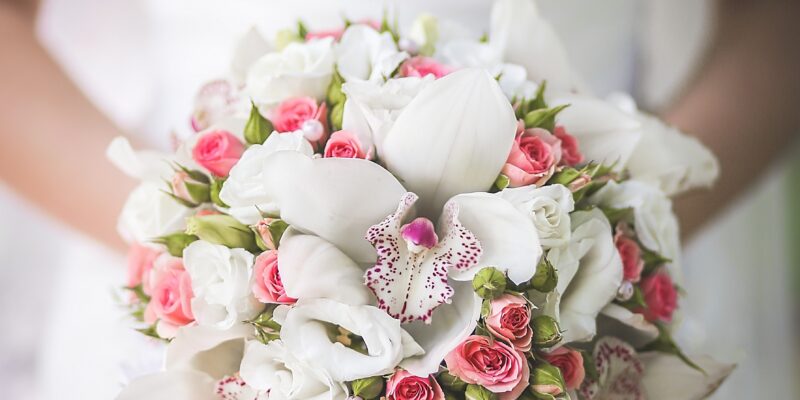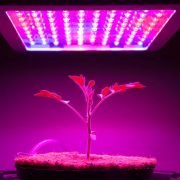Weddings are a celebration of love, commitment, and the union of two individuals, and flowers have played an essential role in these ceremonies throughout history. Carefully chosen wedding flowers not only add elegance and beauty to the occasion but also carry deep symbolism and meaning. In this article, we will explore the significance of wedding flowers and the various ways they can be incorporated into a couple’s special day.
Symbolism of Wedding Flowers
Flowers have long been associated with love, fertility, and new beginnings, making them a fitting addition to wedding ceremonies. The symbolism of specific wedding flowers varies across cultures and time periods, with each bloom carrying a unique meaning that can enhance the sentiment of the occasion.
Roses, for example, are often used in weddings due to their association with love, romance, and beauty. Similarly, calla lilies represent purity and faith, while peonies symbolize happiness and prosperity. Couples can choose flowers that hold personal significance or convey the emotions and sentiments they wish to express on their wedding day.
In addition to the symbolism of individual flowers, the overall floral design can also convey meaning. For instance, a lush and bountiful arrangement may symbolize abundance and fertility, while a minimalist design might signify the couple’s appreciation for simplicity and elegance.
Incorporating Wedding Flowers
There are numerous ways to incorporate flowers into a wedding, with each application serving a specific purpose or function.
Bridal Bouquet
The bridal bouquet is perhaps the most iconic wedding flower arrangement, with the bride typically carrying a bouquet of blooms that complement her gown and overall wedding theme. The bouquet can be a personal expression of the bride’s style and taste, with the chosen flowers often holding sentimental value or symbolizing the couple’s love and commitment.
Boutonnieres and Corsages
Grooms, groomsmen, and other members of the wedding party often wear boutonnieres – small floral arrangements pinned to their lapels – as a symbol of unity and to tie in with the wedding’s color scheme. Corsages, usually worn by mothers and grandmothers of the bride and groom, serve a similar purpose and help to identify key members of the wedding party.
Ceremony Decorations
Flowers can be used to decorate the wedding ceremony venue, creating a beautiful and inviting atmosphere. This may include floral arrangements at the entrance, on the altar or chuppah, and lining the aisle. The choice of flowers and design will depend on the couple’s personal preferences, the venue’s aesthetics, and the overall wedding theme.
Reception Decorations
Floral arrangements are often used to enhance the visual appeal of the wedding reception, with centerpieces on dining tables, arrangements on the cake table, and decorative displays throughout the venue. These flowers can be chosen to match the wedding’s color scheme and theme, creating a cohesive and harmonious look.
Wedding flowers play a crucial role in expressing love, unity, and the couple’s personal style on their special day. By carefully selecting flowers that hold deep symbolism and meaning, couples can create a memorable atmosphere that reflects their unique story and the essence of their love.
Through thoughtful planning and consideration of various blooms and their symbolism, wedding flowers can enhance the beauty and sentiment of this momentous occasion, leaving a lasting impression on the couple and their guests.














Comments